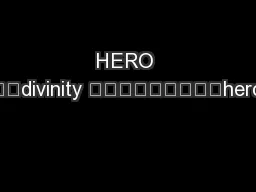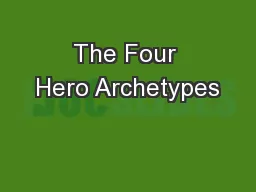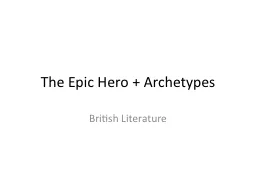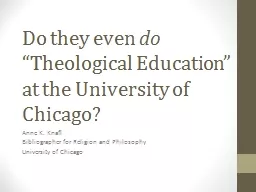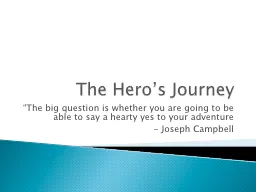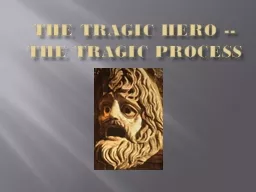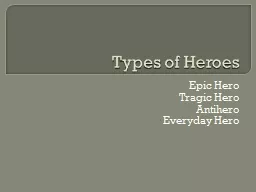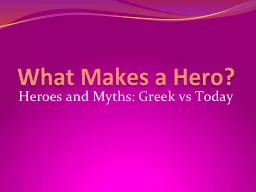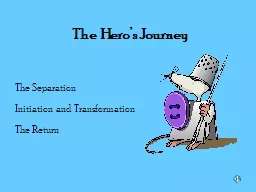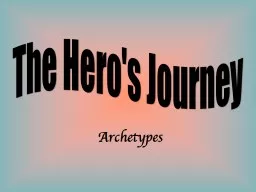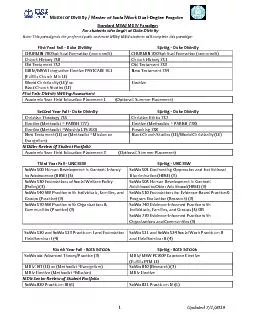PPT-HERO divinity hero
Author : yoshiko-marsland | Published Date : 2018-10-06
human being Periods of Ancient Greek History BRONZE AGE Minoan Civilization Mycenaean Civilization 30001500 18001100 DARK AGE 1100800 12 th 9 th centuries ARCHAIC
Presentation Embed Code
Download Presentation
Download Presentation The PPT/PDF document "HERO divinity hero" is the property of its rightful owner. Permission is granted to download and print the materials on this website for personal, non-commercial use only, and to display it on your personal computer provided you do not modify the materials and that you retain all copyright notices contained in the materials. By downloading content from our website, you accept the terms of this agreement.
HERO divinity hero: Transcript
Download Rules Of Document
"HERO divinity hero"The content belongs to its owner. You may download and print it for personal use, without modification, and keep all copyright notices. By downloading, you agree to these terms.
Related Documents

